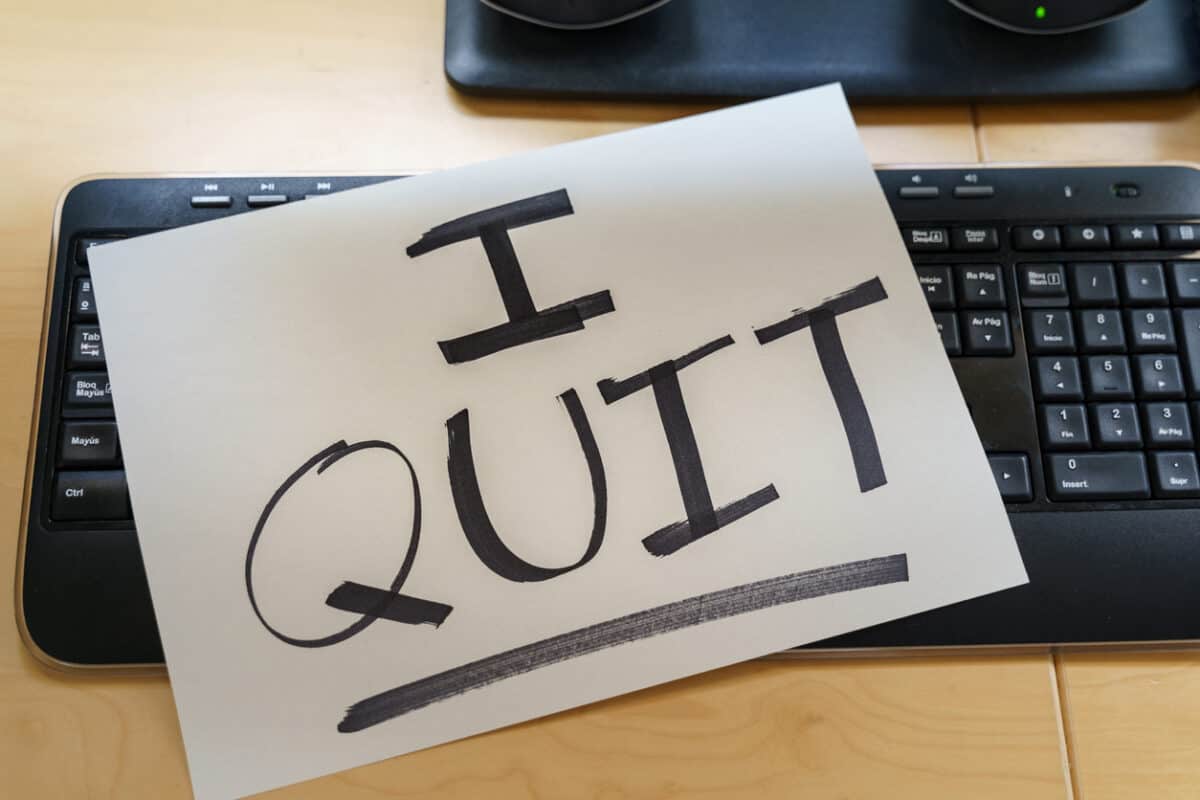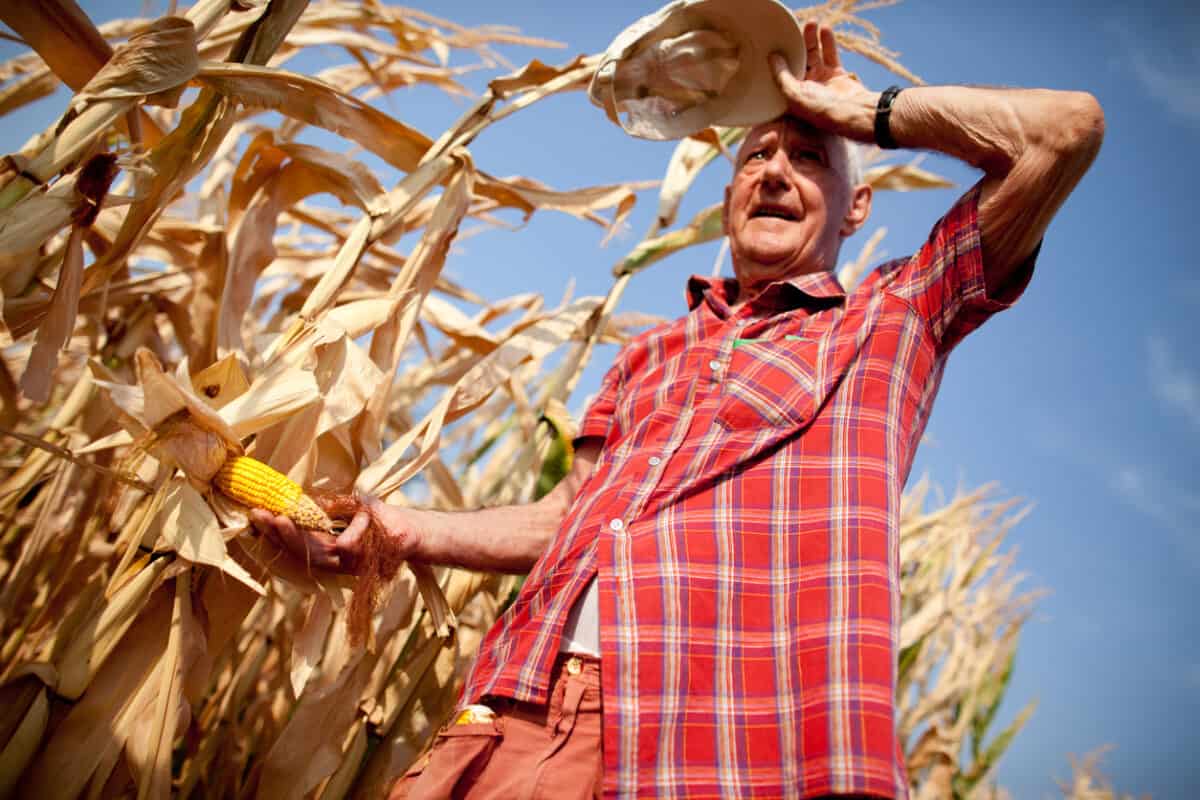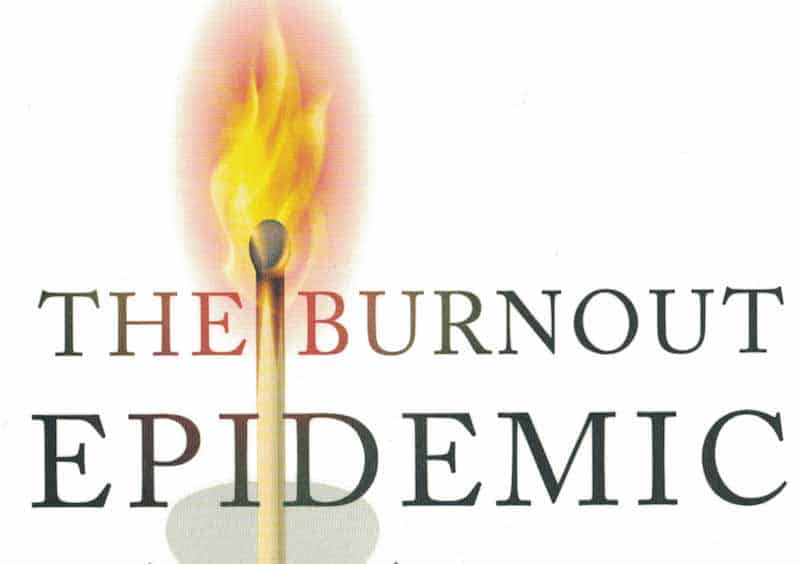An employment dispute over working hours has entered the mainstream media as it relates to the office of one of the crossbench independent members of parliament, a favourite target of some of the media. The dispute over the meaning of additional reasonable working hours illustrates several occupational health and safety (OHS) issues.
Category: executives
Another burnout book from the US that ignores OHS duties
Advisory books about how to manage Burnout continue to be published. Another one that, due to the format and publisher, could be influential is Burnout for Dummies by Eva Selhub. Sadly, Selhub consciously downplays the occupational health and safety (OHS) role in preventing Burnout. Her choice sidelines OHS, the organisational context and the employer’s duty of care, but that seems typical for Burnout authors from the United States.
Industrial Manslaughter laws are spreading in Australia but are inconsistent [Open Access]
This year the South Australian Parliament will likely pass that State’s Industrial Manslaughter (IM) legislation as the introduction of these laws was an election commitment of the new Labor government. The consultation period on the draft Bill closes on February 10 2023 after being open for just over two months.
New South Wales may follow if the Labor Party wins the March 2023 election
Industrial Manslaughter laws under the broader occupational health and safety (OHS) continue to be contentious as a new research paper by Professor Richard Johnstone shows. However, the introduction of IM laws will forever be a political act at its core.
Continue reading “Industrial Manslaughter laws are spreading in Australia but are inconsistent [Open Access]”Extreme heat
Global warming is affecting how we work just as much as how we live. Working in Heat policies are designed based on experience rather than meteorological and climate forecasts, meaning these documents are always chasing reality and not getting ahead of the occupational hazard.
On January 19, 2023, Steven Greenhouse (coincidental name) looked at the topic of working in extreme for Nieman Reports writing that:
“High heat can be a big problem for the nation’s workers, not just farmworkers and construction workers, but delivery workers, utility workers, landscaping workers, and warehouse workers.”
Organisational and self-help advice on burnout
One of the best books about burnout is Jennifer Moss‘ “The Burnout Epidemic“, which this blog wrote about in April last year. A recent book on burnout and self-help caused me to revisit Moss’ book, and one of the chapters that I missed last year seems to explain the popularity of the self-help approach.
Moss writes about the organisational and structural workplace factors that create and perpetuate workplace stress and related poor mental health. However, one of the last chapters is titled “Take Care of Yourself, Too”. Moss writes:
“Self-care won’t fix broken organizational systems, but it’s the part we can control in a world full of the uncontrollable.”
page 213
Don’t mention profit
The primacy of profit to employers is an accepted truth. However, the size of the profit and the pathway to those profits are not absolutes, and it is in this latter context that occupational health and safety (OHS) lives.
Even though profit is a business truth, it is often a word that business representatives seem to fear. They speak of profit through synonyms like “productivity” and “competitiveness”. An example of this timidity or wariness was displayed recently by prominent businessman Michael Angwin in an opinion piece in the Australian Financial Review (paywalled) that contained many other cautious words of business jargon. Angwin misses the harm to workers and others generated by the world as he sees it.
Who’s to blame?
All occupational health and safety (OHS) advocates should be reading the work of Jordan Barab. His latest article on “blaming the workers” for their own incidents is a great example of his writing. The article also illustrates one of the things about OHS that really gets up the noses of employers – if we don’t blame the workers, we have to blame the employers. An Australian answer to the situation would be Yeah, Nah.



![Industrial Manslaughter laws are spreading in Australia but are inconsistent [Open Access]](https://safetyatworkblog.com/wp-content/uploads/2023/02/cover-of-journal_of_work_vol1_no1_edited.jpg)



